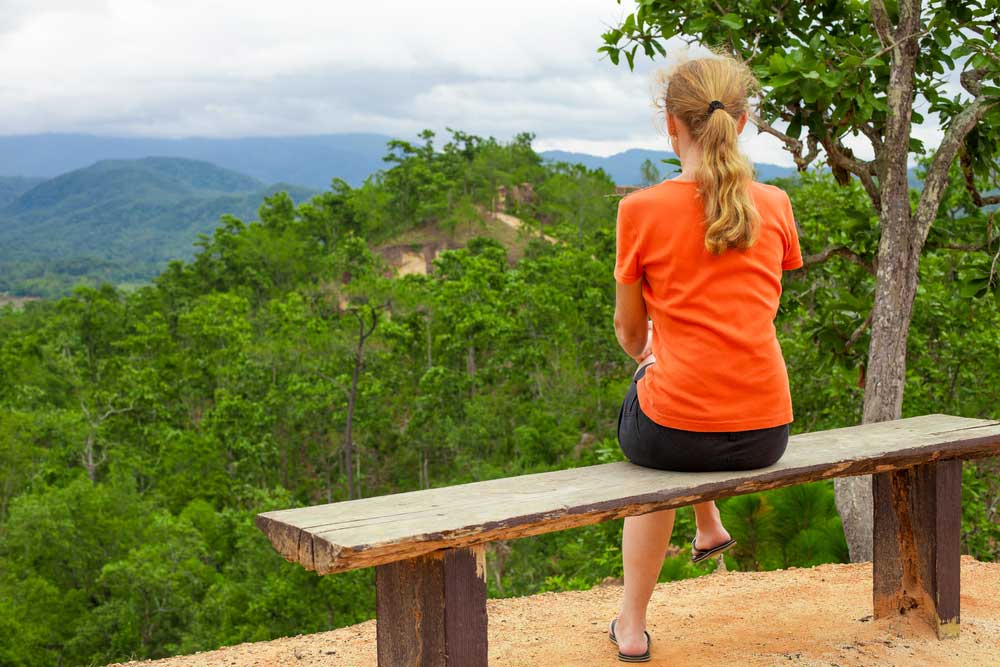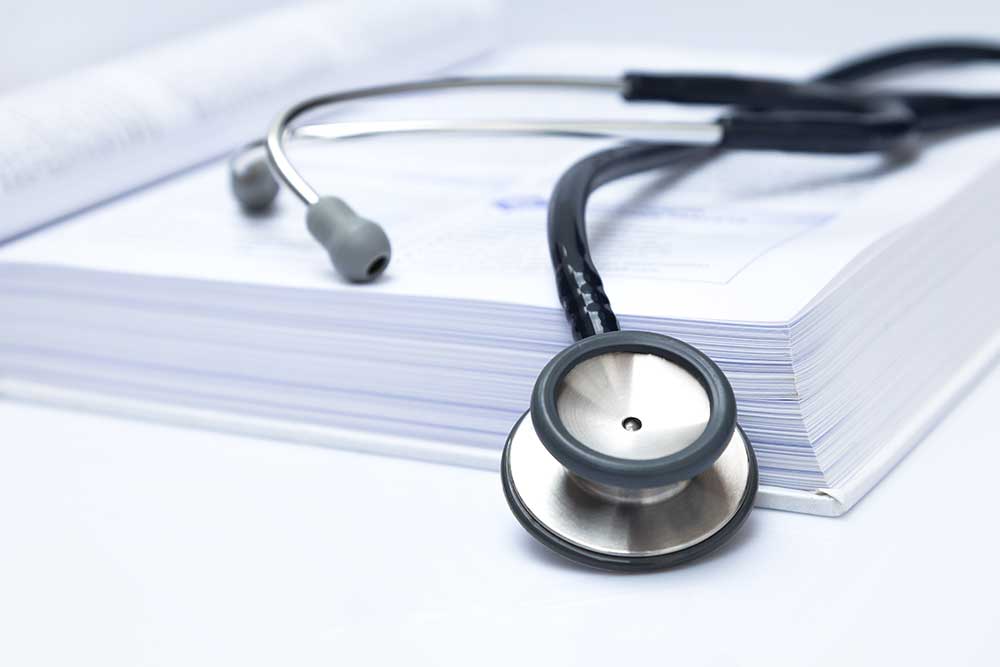Ruth’s Hysterectomy Story
Hysterectomy Type: TLH – Total Laparoscopic Hysterectomy
Location: Texas
Endometriosis is a disease with little understanding. It causes torturous pain, both physical and emotional. Because of this, it requires support by both family and doctors involved.I have one older sister. Although she is three years older than I am, we share the same birthday. Of the five women in my family, three (not counting myself) have had hysterectomies due to fibroids. I was the only one without fibroids.
I have learned many valuable lesson on this long, difficult, and painful road of endometriosis. The first lesson is knowing the symptoms. The most common symptom is pain in the pelvic area. It can strike before, during, or after the menstrual cycle. Another common symptom is heavy bleeding. Both pain and bleeding worsen over time. Excessive bloating, gas, nausea or vomiting, and bowel changes are also common. I had all of these throughout my journey with endometriosis and towards an hysterectomy.
My journey began during my college years when I developed undiagnosed endometriosis. My family would often tell me that other relatives had had heavy menstrual cycles with painful cramping, so I thought that it was normal or inherited to have heavy cycles and strong cramps. At this early stage, things were more of a nuisance. Only occasionally did it interfere with social activities.
I was in my late thirties when I learned my second lesson, that heavy and painful cycle are NOT normal. It also started interfering with my social activities. My family wanted to go on a trip to a nearby town, but I was in terrible agony and did not want to go. Although my menstrual cycle was not due, I knew the cramping meant that it was possible. I took some Tylenol and made some preparations and decided to go on the trip. Sure enough, it started. Normally, it is the second day that cramping and flowing are bad, never the first. That trip, things were different and marked the beginning of things going from bad to worse.
I started going to my family doctor, but he did not seem too concerned. I started keeping a pain journal, which I did for several years. I began to realize that the pain often occurred after a meal, especially lunch. When pain hit after lunch, I would often have to go home from work. I narrowed the culprit to oatmeal and decided to cut it out. That helped for awhile with the frequency of the pain, but not the intensity.
I was in my early forties when I decided to change doctors. That was another lesson learned, if your doctor is not giving you the attention, treatment, or compassion you deserve, change doctors. I started going to my parent’s doctor. She was a lady and also an internist, so I felt sure she would understand female problems and could find the problem. I always screen my doctors with a checkup, which meant no food or water overnight. She did an ultrasound, the kind with gel, but I did not realize until several years later, that ultrasounds take 32 ounces of water to reveal problems. Of course, I got a clean bill of health.
On my second visit, she said I needed to eat more and drink more. I tried, but the pain and nausea made it very difficult. At age 45, I decided this second doctor was worse than the first one and decided to endure the pain, like I had been doing for nearly ten years.
One July day I had my worst cycle ever, especially in pain. I knew I could no longer deal with it. My aunt casually mentioned in conversation, a doctor that she liked, so I made an appointment. She found a 3 cm (about 1 inch) ovarian cyst that was formed by endometriosis.
A friend recommended an ob/gyn who removed my ovary. Four months later the awful pain returned. This time the doctor put me on hormones that was supposed to stop my cycles and put me into early menopause. Instead they caused a 36 day cycle. After that, the ob/gyn decided to do a total hysterectomy, plus remove any active endometriosis. He did not remove the inactive though.
While the recovery has not been easy, it was the best decision ever made. My ob/gyn no longer considered me a patient and would not answer my questions that came up during recovery. I turned to the online support forum at Hystersisters.com. I learned that Hystersisters are willing to answer a stranger’s questions, and that they understand the pain, fear, turmoil, and questions that coming in making the decision.
To repeat the lessons learned, they are:







